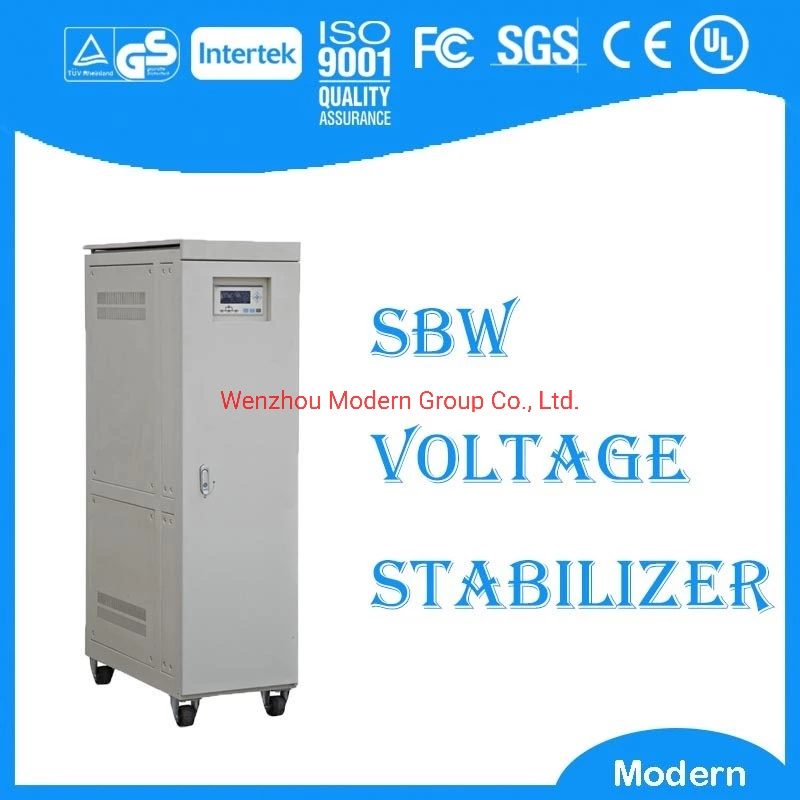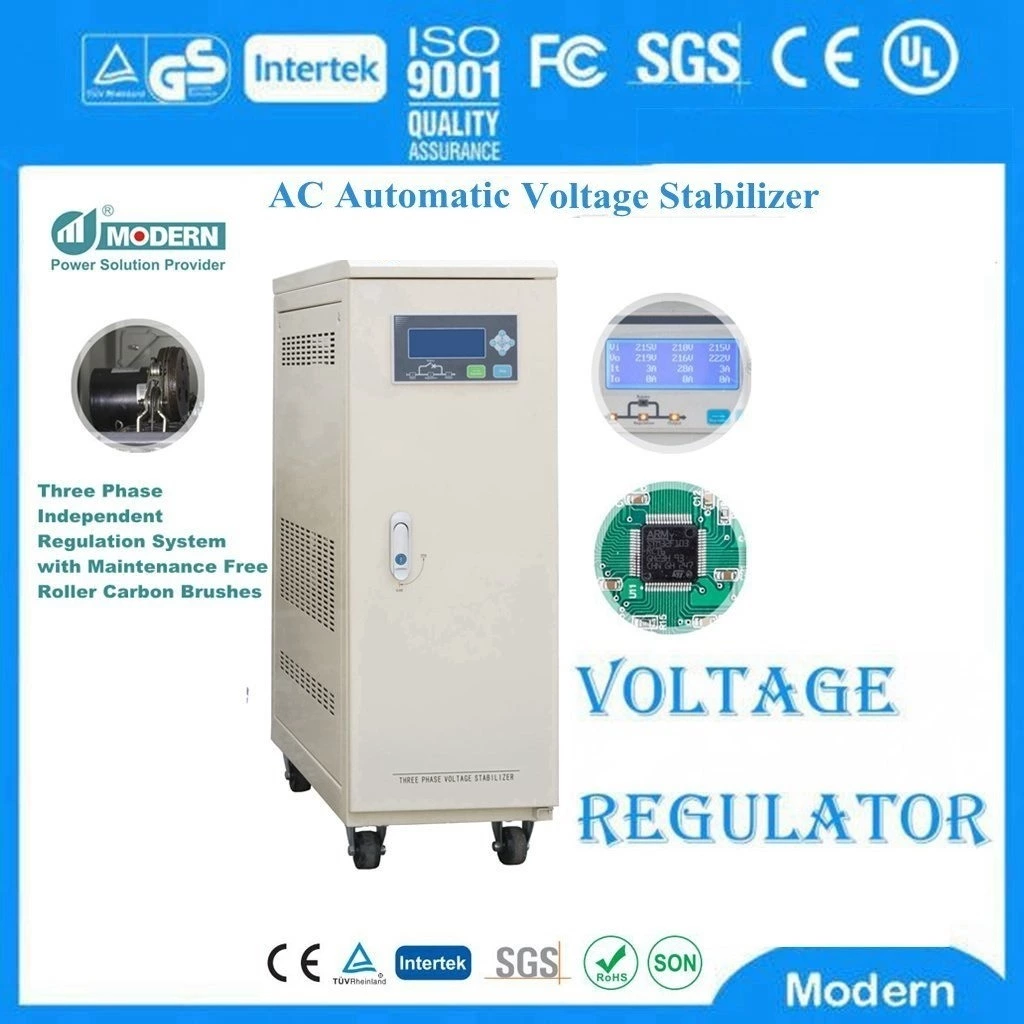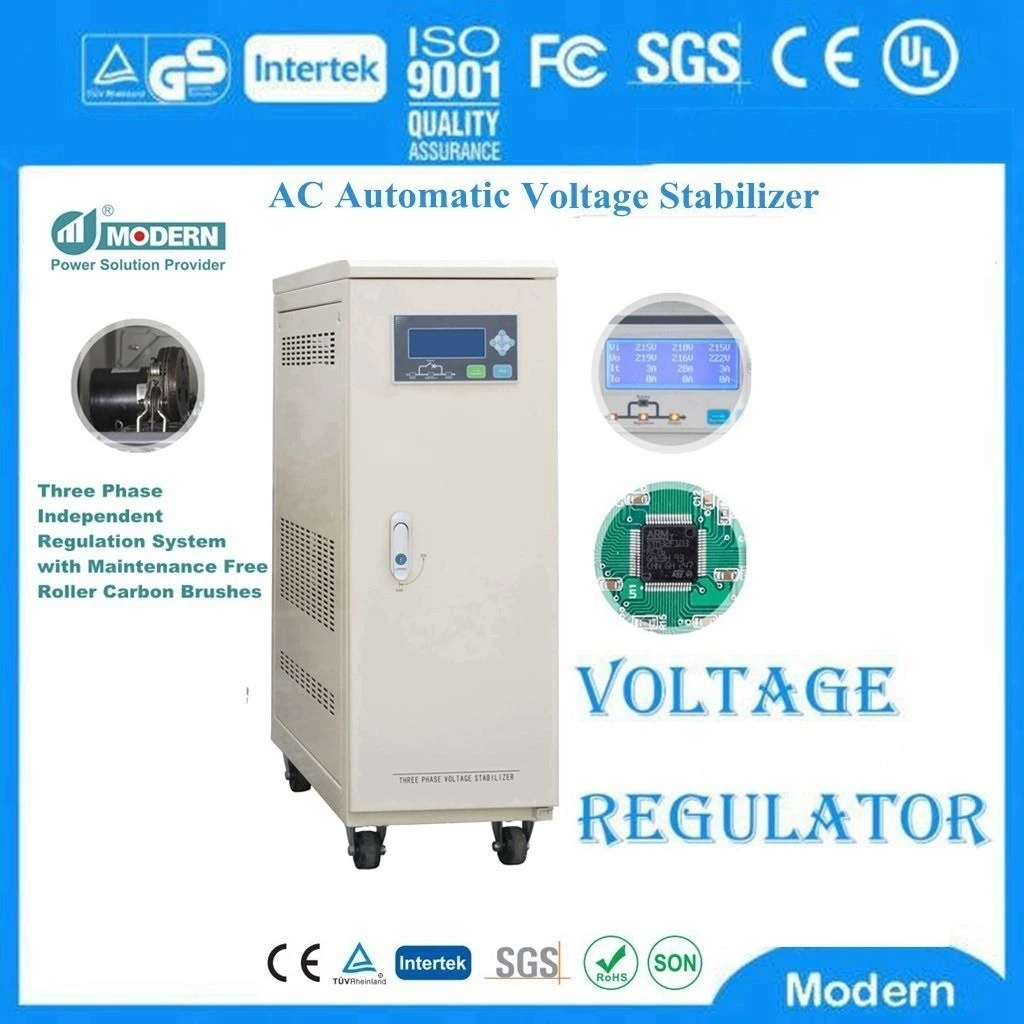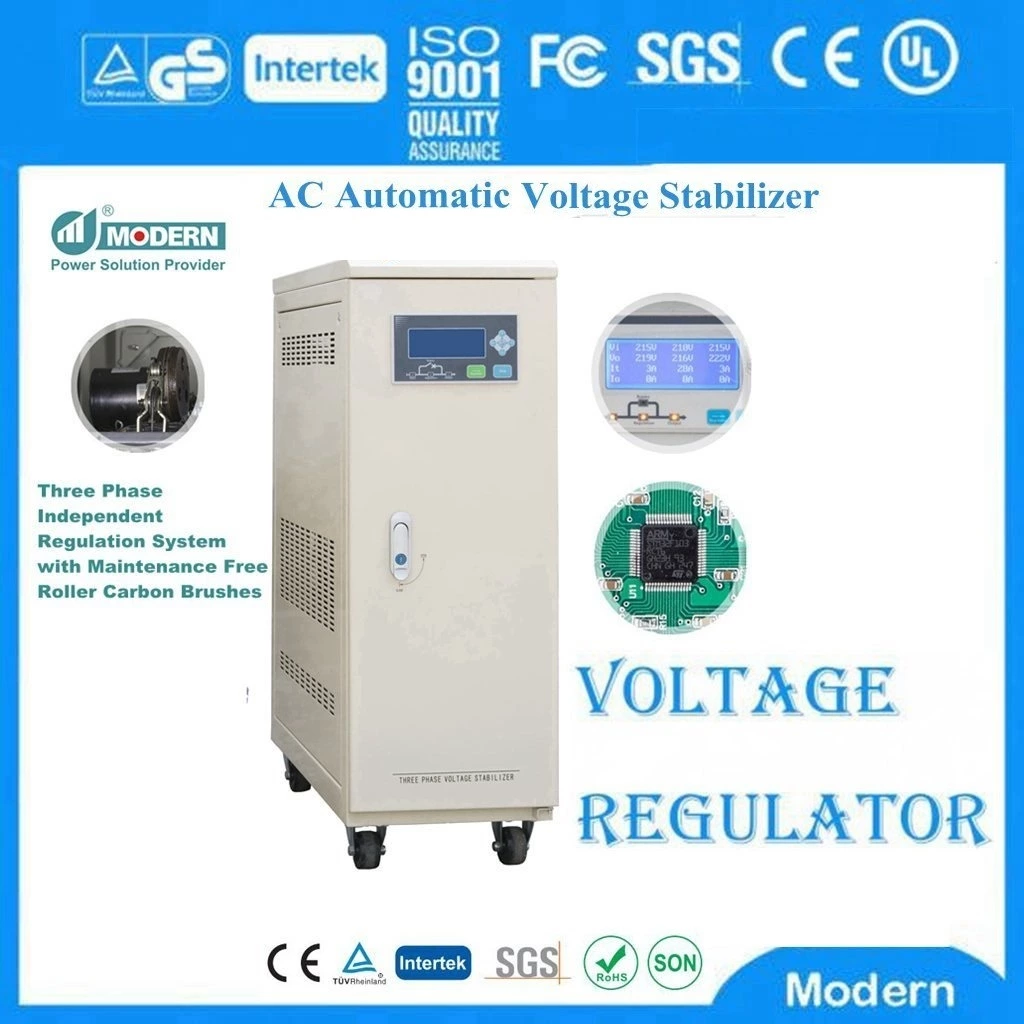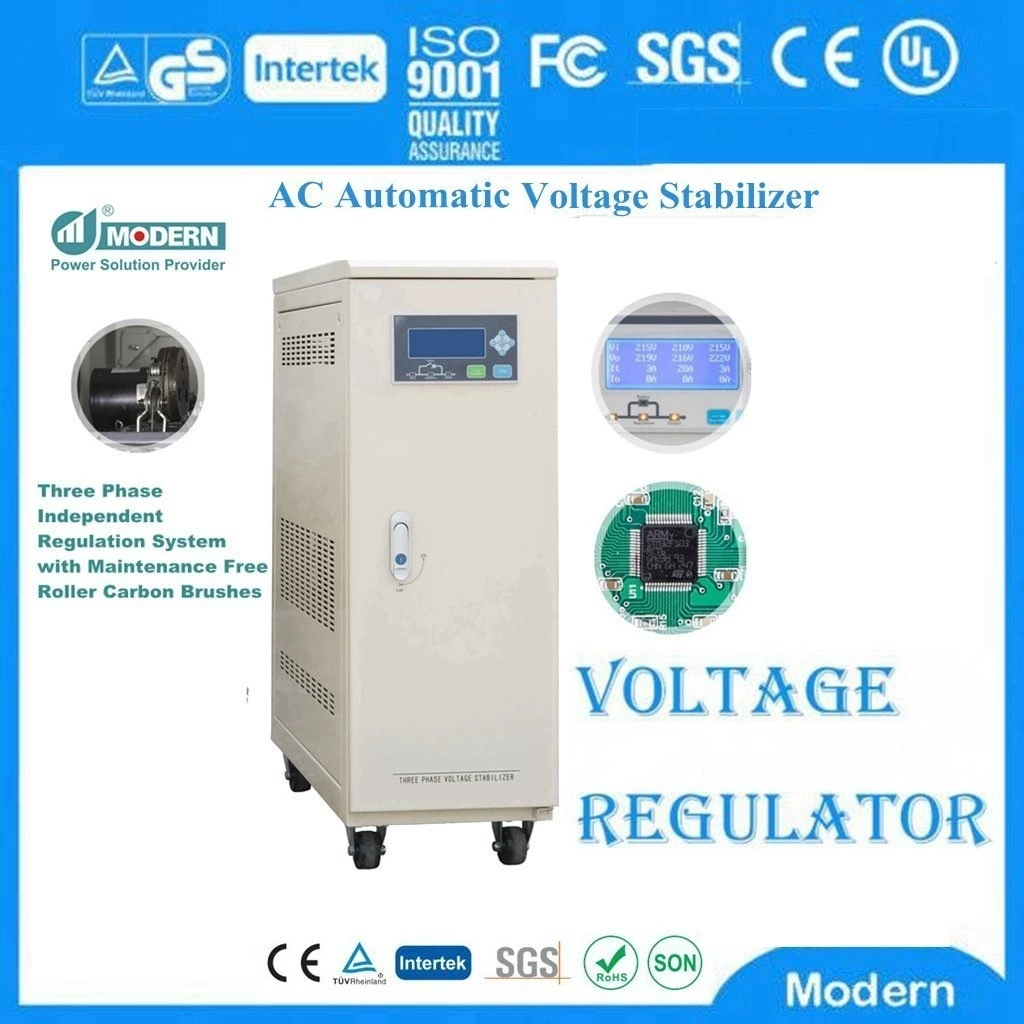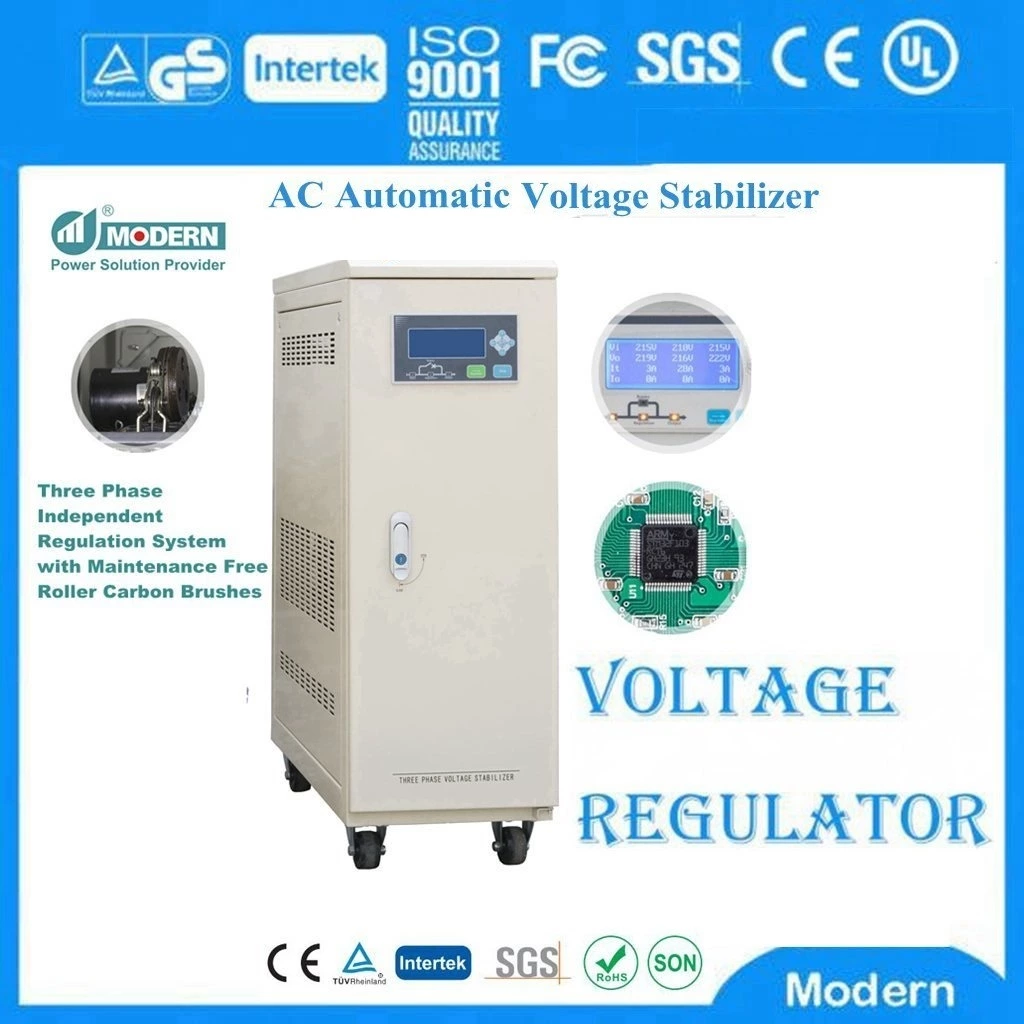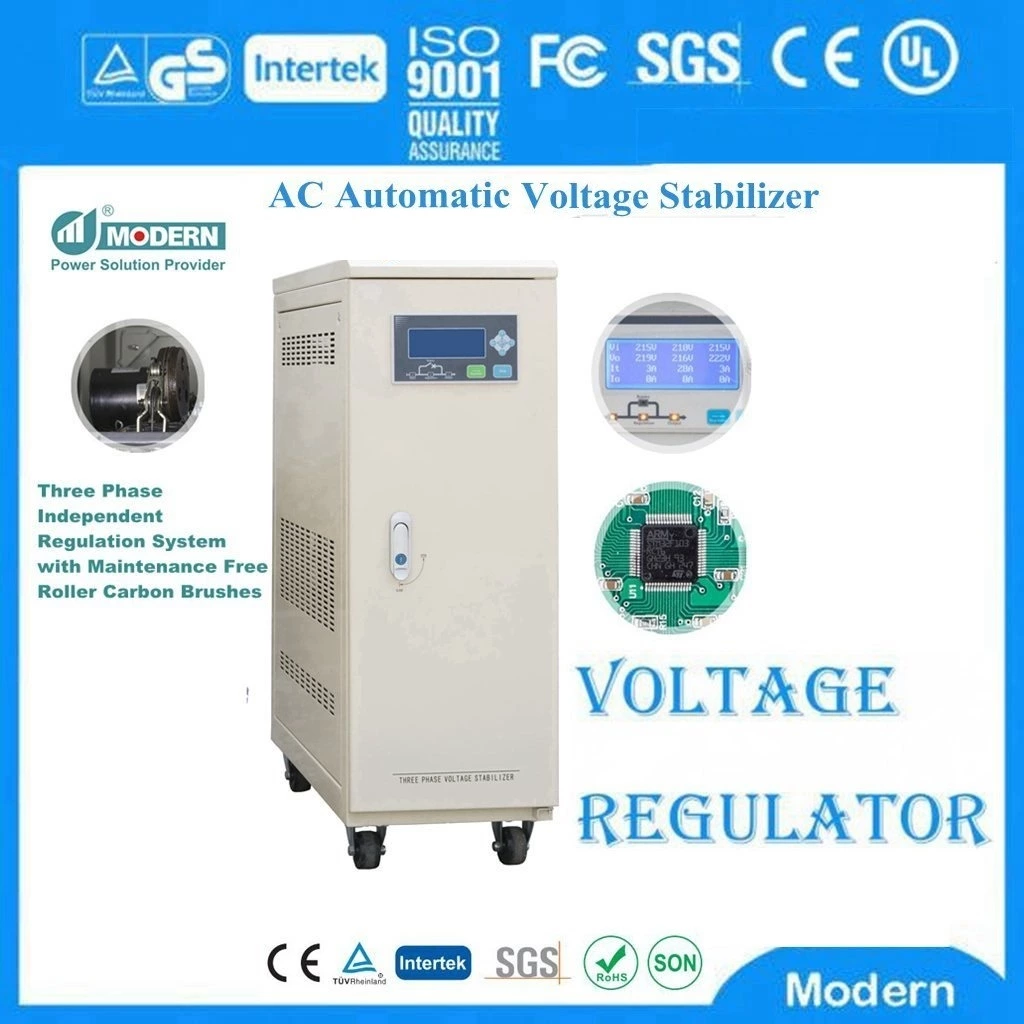Which Is Better, A Static Voltage Stabilizer Or A Voltage Stabilizer?
Usually when people buy voltage stabilizers for industrial equipment, many people buy this product without comparison because they are familiar with Static Voltage Stabilizer. So is this product really that good? Which one is better, it or static voltage stabilizer?
First, let's compare the two voltage stabilizers. The full name of static voltage stabilizer is high-power compensation type power voltage stabilizer, and the full name of static voltage stabilizer is intelligent contactless voltage stabilizer. The following is a simple comparison of the two voltage stabilizers:
High-power compensation type power voltage stabilizer is generally three-phase, its conventional voltage stabilization power range is 50KVA-1600KVA, the voltage stabilization method is contact and carbon brush adjustment, the voltage stabilization range is ±20%, the voltage stabilization accuracy is ±2-3%, and the response time is 0.5-1s. This voltage stabilizer is relatively cheaper, but it is bulky and takes up space, and requires frequent maintenance.
Static voltage stabilizers are available in single-phase and three-phase types. The conventional single-phase voltage stabilizer power range is 10KVA-100KVA, and the three-phase voltage stabilizer power range is 10KVA-1600KVA. The voltage stabilizer mode is contactless, relay + thyristor adjustment, and the voltage stabilizer range can also be selected independently. The voltage stabilizer accuracy can reach ±1% (2-3% of peers), and the response time is 4ms/STEP. This voltage stabilizer is relatively more expensive, but it does not require maintenance and cleaning.
Through a simple comparison, we can easily see that the SBW series high-power compensation power voltage stabilizer has a single power selection compared to the static voltage stabilizer, and the voltage stabilizer range is similar for both models. The voltage stabilizer accuracy of the ZSBW series is relatively higher, and the response time is shorter. More importantly, the voltage stabilizer mode of the static voltage stabilizer is regulated by contact carbon brushes, while the static voltage stabilizer is regulated by contactless thyristor. Generally speaking, contactless thyristor voltage stabilizers are better than brushless voltage stabilizers. Brushless voltage stabilizers will become thinner and thinner as they are used, which may lead to short circuits, while contactless thyristor voltage stabilizers are safer and more reliable. Static voltage stabilizer is a voltage stabilizer that meets industrial design standards. It also has four highs: high input power factor, high power, high overload capacity, and high reliability, and six lows: low environmental pollution, low electromagnetic interference, low harmonic pollution, low noise, low use cost, and low no-load power consumption. Moreover, our static voltage stabilizers can be customized according to customer needs. For example, you can choose the voltage stabilization range, add lightning arresters, filters, communication interfaces, install transformers, etc. Your needs and requirements can be met here.
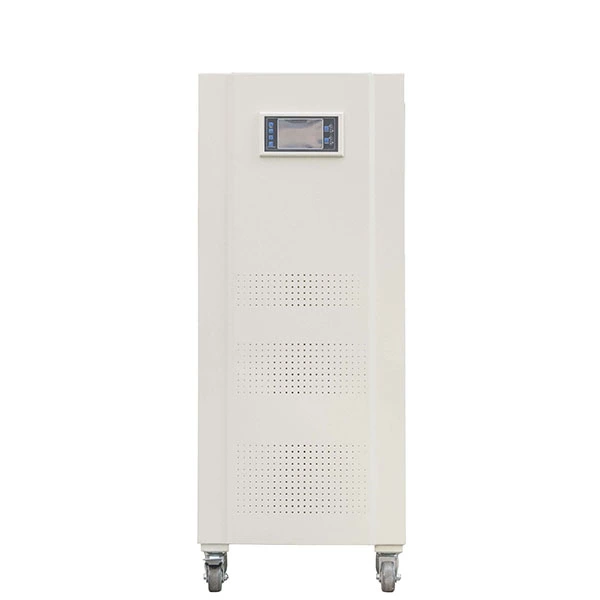
 Русский
Русский
 Français
Français
 Português
Português
 Español
Español
 اللغة العربية
اللغة العربية
